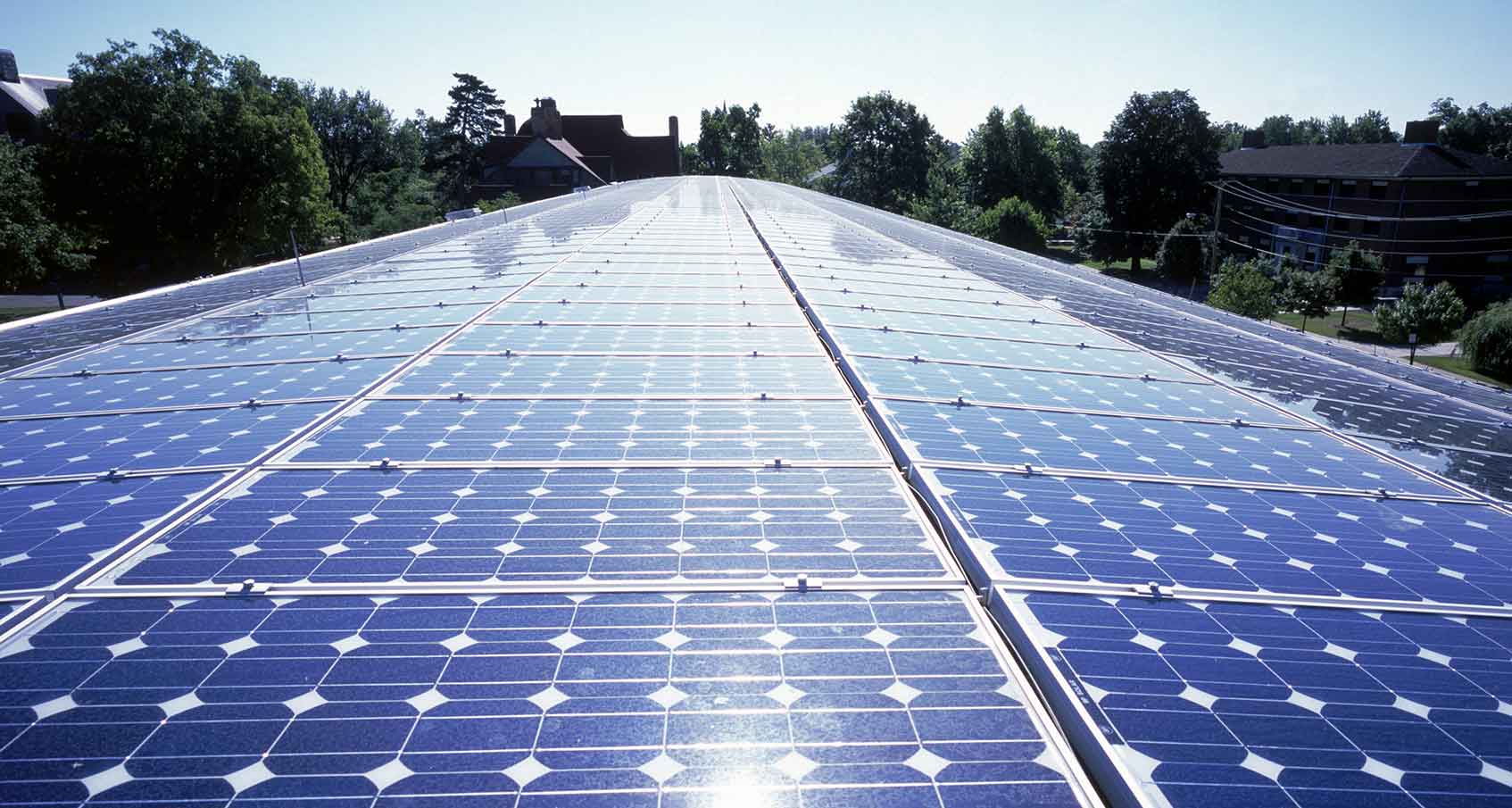Frequently Asked Questions
Q. What is a photovoltaic (PV) system?
A. PV technology produces electricity directly from electrons freed by the interaction of sunlight with a solar panel made of semiconductor material. The power provided is direct current (DC) electricity. The basic building block is known as a cell. Many cells put together are known as a module, and many modules assembled together form an array. A PV system will consist of an array of modules generating DC electricity, an inverter, and sometimes battery storage back up with charge controller.
Q. What is an inverter?
A. There are two kinds of electricity, DC and AC. Homes that are connected to utility power use AC electricity at 50Hz in Cyprus, as this is the kind of power EAC generates and distributes. Flashlights, small radios and automobiles use DC electricity from battery banks. In order for you to be able to use solar to operate the appliances in your home, an inverter will convert PV power from DC to AC. Inverters can be further classified as units that use batteries (Off-Grid or UPS) and those that use the utility grid as power storage (Grid-tied).
Q. How much electricity does a household consume?
A. The amount of power consumed in household depends on the size of the building and the number of members in the family. According to Cyprus Governmental Statistical Services, in Cyprus the average consumption of electric power by households was 6288 kWh in 2009 or 1048 kWh every two months, as this is the billing period of Electricity Authority of Cyprus (EAC).
Q. How much electricity will a PV system produce?
A. The amount of power produced will depend on size of the systems. In Cyprus, a photovoltaic system of 1 kWp installed (where p designates the peak power of the system) generates 1600 kWh every year, assuming optimum orientation (south) and inclination (28°-30°). The area needed for installation of such system depends on the type of surface, the efficiency of the photovoltaic module and the inclination of the array. A rough estimation is 8m2 for inclined roofs and 12m2 for flat roofs and ground installations.
Q. Can I use PV System to generate the power I need for my premises?
A. A solar PV system generates electricity during daylight hours. In order to supply power to your premises batteries need to be installed as power storage banks for the overnight needs. Batteries add significantly to the expense of a system while providing no payback, need weekly maintenance, are hazardous and will need replacing every five to ten years. For this reason stand alone or off-grid PV Systems are not recommended except for cases where the extension of the national grid is not economically favourable.
Q. What is Net – Metering?
A. Net – metering is a billing arrangement where customers who produce their own electricity can receive a credit on their electric utility bills for any extra electricity produced by the customer that flows back onto the electric utility’s distribution system.
Generating your own electricity may reduce your electricity bill in two ways:
1.The electricity you produce displaces electricity you would otherwise have purchased from the electric utility.
2.Your electricity bill is lowered by the amount of electricity your generating system may feed back onto the electric utility’s system.
Q. How does Net – Metering work?
A. If you want a net – metering billing arrangement, your generating system must be connected to the local electric utility’s distribution system. Whenever your generating equipment produces more electricity than you need, the extra electricity flows backwards through the utility meter on your property making it turn in reverse. This reverse metering may result in a lower monthly meter reading by the electric utility, thus lowering your electric bill.
Q. What if the meter runs backward more than it runs forward?
A. In that case, the monthly meter reading will be lower than the last meter reading and a credit will be noted on your electric utility bill.
Q. What happens to that credit?
A. The credit can be used to offset charges in future months. As a net- metering customer, you may also request in writing a refund that amounts to an annual “true-up” of accumulated credits over a 12 month period.
